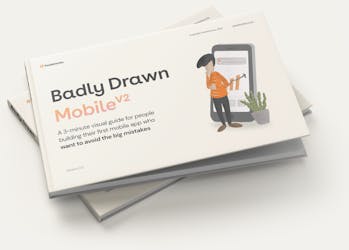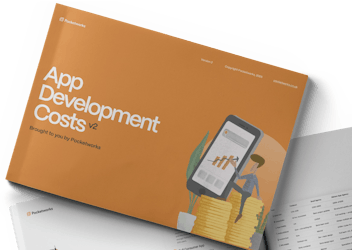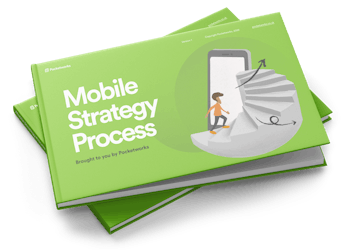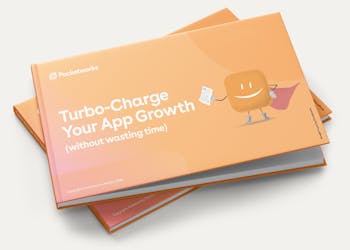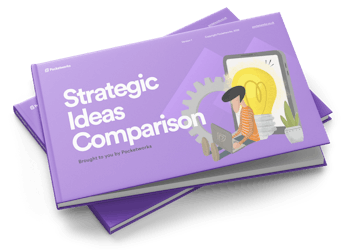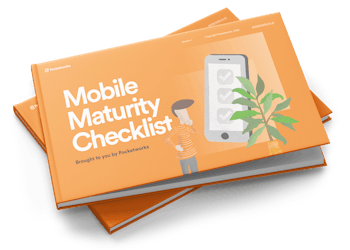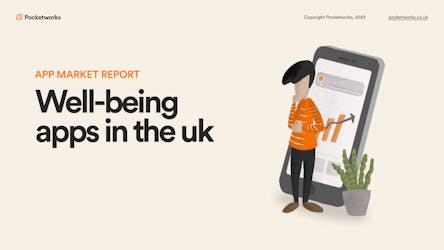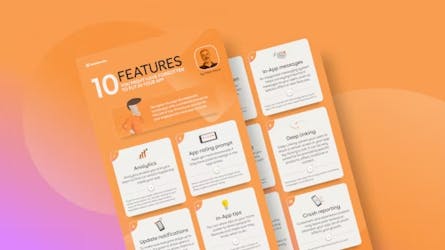FREE DOWNLOAD
Strategy Choice Cascade
A one-page strategy blueprint to capture your high-level mobile strategy. It's based on Roger Martin's best selling strategy book - Playing to Win.
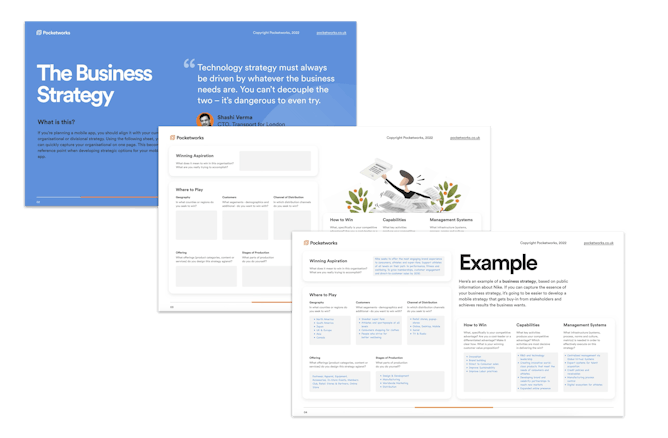

Covering the big decisions that will help your app succeed
The Strategy Choice Cascade (SCC) is a fairly flexible tool so there are a few ways to get value from it.
What's included?
- Key strategic areas to focus on
- Example of a business strategy
- Example of a mobile strategy
- Annotations covering key decisions
- Updated in March 2024 with more examples
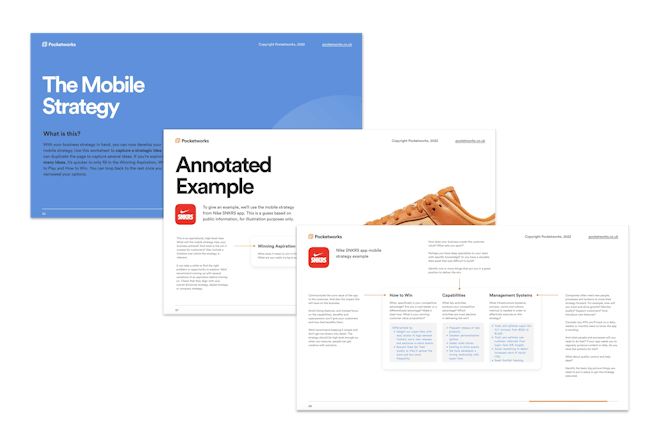
Complete strategy guide
The guide is split into two key areas, but can be used for pretty much any strategy - from divisional to departmental.
Business strategy
If you’re planning a mobile app, you should align it with your current organisational strategy. Using this sheet, you can quickly capture that organisational strategy on one page, and then make your mobile decisions with that at hand.
Mobile strategy
If you look at your mobile app through this lens it's pretty useful too. You can then clearly see how the mobile strategy supports the organisational strategy. For example, a mobile app might only target a subset of customers, or it might focus on one core service offering.


Tobin Harris, Managing Director
PocketworksOther free resources you might like.
About Us
We are UK app developers based in Leeds.
Founded in 2012, Pocketworks has grown to 19 people across five European countries. Our clients hire us as a long-term partner, assisting them with their mobile strategy, market research, user research, design, mobile development, cloud development, quality assurance and mobile growth hacking.

